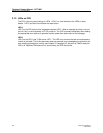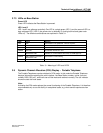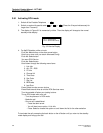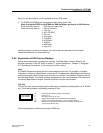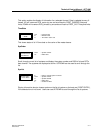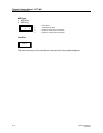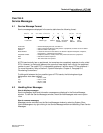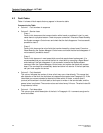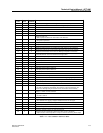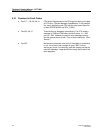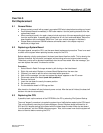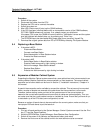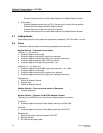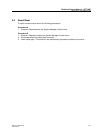
Technical Product Manual - DCT1900
Maintenance, Service Messages
4-2
Maint-DCT1900/R8/mw
© 2000-2005
4.3 Fault Codes
Table 4-1 shows all fault reports that may appear in the service table.
Comment to the Table
z Column 1 - Fault numbers in sequence
z Column 2 - Service class:
- Class 1
Faults in this class mean that communication with a board or peripheral is lost. In most
cases there is a physical reason. Check on proper connection. Execute a Reset Board by
the System manager–Control menu and check that the fault disappears. If not successful,
proceed to class 3.
- Class 2
Faults in this class can be minor faults that can be cleared by a board reset. Execute a
Reset Board by the System Manager–Control menu and check that the fault disappears. If
not successful, proceed to class 3.
- Class 3
Faults in this class are in most cases fatal errors that require board replacement. It is
recommended that you ensure that the fault is a hard fault by executing a Reset Board
and checking if the fault disappears. If not successful, execute the Replace Board
command from the System Manager–Control menu and replace the board with a spare
board. The new board is automatically tested and taken into service. If the fault persists,
call your local supplier for service.
z Column 3 - Fault threshold
This column indicates the number of times a fault may occur intermittently. This means that
after detection of the fault, the fault does not reappear when tested, see Paragraph 2.2. If this
intermittent occurrence exceeds its threshold number within 24 hours, a status code S
(service) will be written in the fault table, a fault report is written in the service table, and the
general alarm is activated. The counter values are halved every 24 hours. Threshold value 99
is equivalent to infinite.
z Column 4 - Fault description
This column gives a brief description of the fault. In Paragraph 4.3.1 comments are given for
some fault codes.



